Tooth extraction is a common dental procedure, often necessary when a tooth is damaged beyond repair, severely decayed, or causing overcrowding. Whether you’ve had a simple extraction or a more complex surgical one, proper aftercare is crucial for promoting healing, avoiding complications, and managing discomfort. Knowing what to expect and how to take care of the extraction site can make your recovery smooth and uneventful.

The First 24 Hours Are Crucial
The initial day following your extraction is when your body begins to form a blood clot at the site. This clot is essential to protect the bone and nerve endings and to initiate the healing process. You should avoid disturbing it at all costs. This means steering clear of actions like spitting, rinsing vigorously, using straws, or smoking, as all of these can dislodge the clot. If the clot is lost prematurely, it can result in a painful condition known as dry socket, which can significantly delay healing and require additional treatment.
During this period, it’s best to rest and avoid any strenuous activities. Elevating your head slightly with an extra pillow while sleeping can help reduce swelling. Applying an ice pack to the outside of your face for 15-20 minute intervals can also help manage swelling and numb the area to ease pain.
Managing Pain and Discomfort
Pain levels vary depending on the complexity of the extraction, but some discomfort is to be expected. Your dentist or oral surgeon may recommend over-the-counter pain relievers such as ibuprofen, or they may prescribe medication if the extraction was surgical or particularly difficult. Follow the dosage instructions carefully and avoid aspirin, as it can thin your blood and interfere with clotting. If antibiotics are prescribed, be sure to complete the full course even if you start feeling better. This will help ensure that any potential infection is fully addressed.
Eating and Drinking Safely
In the hours following your procedure, stick to soft, cool foods like yogurt, smoothies, applesauce, or mashed potatoes. Avoid hot, spicy, crunchy, or chewy foods, as well as alcohol and caffeine. Staying hydrated is important, but remember not to use a straw, as the suction can disturb the healing site. As the days pass and healing progresses, you can slowly reintroduce more solid foods. Be cautious and chew on the opposite side of your mouth to avoid putting pressure on the extraction site.
Cleaning and Oral Hygiene
Keeping your mouth clean is vital to prevent infection, but it’s important to approach oral hygiene carefully in the days following your extraction. You should avoid brushing directly over the extraction site for the first few days. However, you can continue to brush and floss other areas of your mouth gently.
After the first 24 hours, you can begin rinsing your mouth with a warm saltwater solution several times a day. This helps reduce bacteria and soothe the area. Avoid commercial mouthwashes unless specifically recommended by your dentist, as they may contain alcohol or other ingredients that could irritate the site.
Monitoring Your Healing
Most people recover from a tooth extraction within a few days to a week, but complete healing of the gum and bone may take longer. Signs of normal healing include reduced swelling, diminishing pain, and a gradual return to normal eating and speaking habits. It’s important to monitor your recovery closely. If you notice excessive bleeding, worsening pain after the first few days, signs of infection such as pus or fever, or a foul taste in your mouth, you should contact your dentist promptly. These symptoms could indicate complications like dry socket or infection.
Tooth Extraction in Virginia Beach, VA
At Coastal General Dentistry, your oral health is our top priority. We know there are similar dentists out there, but we always strive to preserve your natural tooth structure whenever possible. However, there are times when a tooth extraction is necessary to prevent worsening damage. Contact our office today to schedule a consultation and learn more about the procedure and your restoration options.

